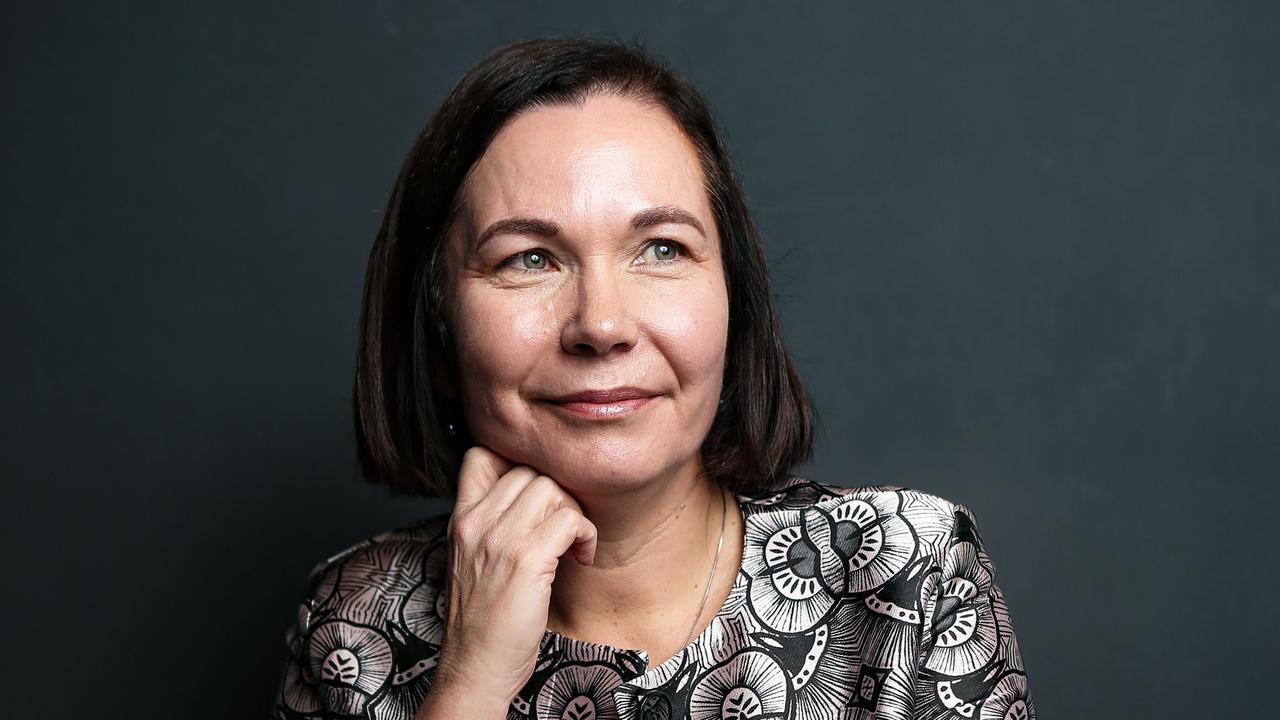Lifeline needed as light dims on scientific research
FUNDING for the operation of the Australian Synchrotron is in crisis. Should you care? And what is it anyway?
To give context to the latter question, try this: next time you need to read some small text, before reaching for your glasses switch on a bright reading lamp. You'll be pleased with how much more you can read.
Similarly, one way to make a more powerful microscope is to increase the intensity of the illumination. A synchrotron does this to the extreme, achieving brightness millions of times more intense than direct sunlight.
Every time measurement instruments become more powerful science leaps ahead and products are invented. When Dutch scientist Anton van Leeuwenhoek built a simple optical microscope in the 17th century he soon discovered bacteria. His discovery eventually led to the recognition of germs as the root cause of infectious diseases, replacing the flawed theories of poisoned bile, phlegm, water and blood that had dominated medical thinking for two millennia. Today, optical microscopes are widely used.
In 1931, German physicist Ernst Ruska invented the electron microscope that enables objects much smaller than bacteria to be visualised; indeed individual atoms can be seen.
Today, electron microscopes are used regularly in science and industry. For example, in the production of integrated circuits if it were not for the defect detection and analysis methods enabled by the electron microscope, quality could not be assured.
The forerunner of the modern synchrotron emerged from a General Electric lab in 1947. Since then, numerous advances have been made and many scientifically advanced countries have built a synchrotron to support productivity in their research and industry.
Inside a synchrotron such as the Australian Synchrotron, an electron beam races round and round a kilometre-long tube 300,000 times per second. Every now and then, at special locations, some of the energy in the beam is emitted as a stream of X-rays or infrared light.
Not just any old stream -- in the case of X-rays it is a beam a million times more intense than the X-rays in today's best medical scanners. With the Australian Synchrotron, it will soon be possible to make X-ray images that will drill down into the structure of a tumour in detail, ultimately showing the individual cancer cells, thereby helping physicians understand how tumours develop.
Around the world in the automobile industry, synchrotrons are enabling the advanced design of batteries, fuel cells and catalytic converters.
So the answer to the first questions is yes, you should care. The Australian Synchrotron enables innovative research into science and industrial processes. Unfortunately, the scale of a synchrotron is such that it cannot operate on a commercial basis. Governments around the world recognise this and directly fund the operation of their synchrotrons for their national benefit.
At present, both the operational and capital funding of the Australian Synchrotron are at risk. On the operational funding front, after more than a year of stalemated discussions between federal and state governments, the day-to-day funding is due to dry up this June. With this deadline nearing, it is quite likely that many of the expert scientists who operate the synchrotron spent their holidays thinking about their futures and browsing the internet in search of job openings overseas or in other industries.
On the capital funding front, it is worth noting that only a quarter of the ultimate capacity of the Australian Synchrotron has been fitted out. Thus, the synchrotron is like a Ferrari on a metropolitan road, full of promise for its owner but limited to using only a fraction of its inherent capacity.
The reasons for the funding crisis at the Australian Synchrotron are related to issues of strategy, management structure, national benefit and state advantage. The fate of the synchrotron ultimately lies in the hands of federal Science Minister Chris Evans and Victorian Innovation Minister Louise Asher. They both understand the importance of the Australian Synchrotron, but they face significant political and budgetary pressures.
Nevertheless, they must be encouraged to consider the national benefit as a driving priority and commit to a funding plan as a matter of urgency.
Alan Finkel is chancellor of Monash University.


